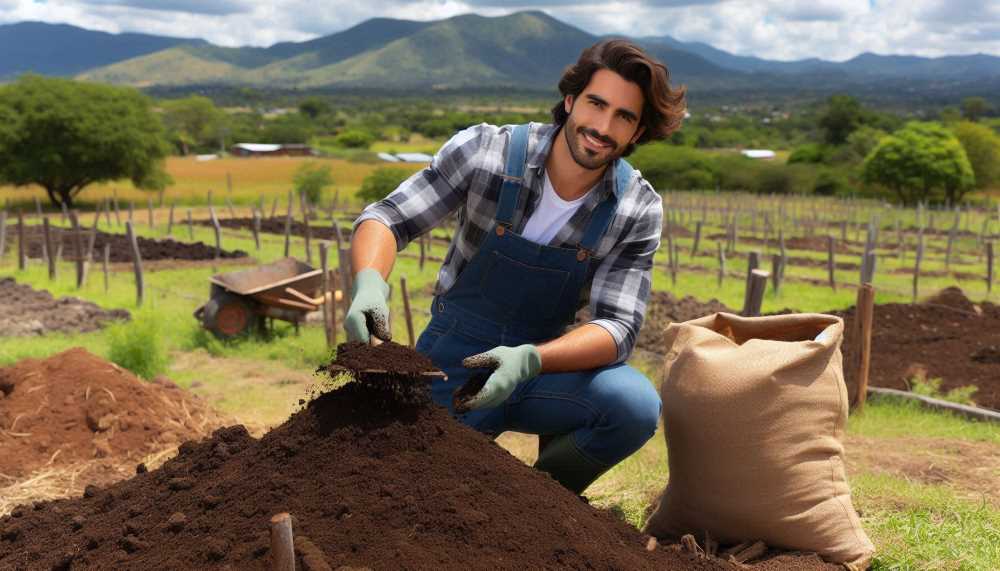UNAM Converts Campus Waste into Profitable Compost
UNAM turns organic campus waste into high-quality compost, addressing waste, promoting sustainability, and generating income. The process involves composting, student collaboration, and commercialization.

Due to its exceptional quality, the compost produced at the UNAM's Cuautitlán Higher Education Faculty (FES), from organic waste generated on its three campuses, has achieved acceptance and demand in the market to supply local farmers and the public with organic fertilizers at affordable prices.
Despite the challenges in waste management, the Secretary of Graduate Studies and Research, Susana Mendoza Elvira; the graduate of the postgraduate program in "Animal Production and Health Sciences", Alejandro Vargas Sánchez, lead the initiative.




